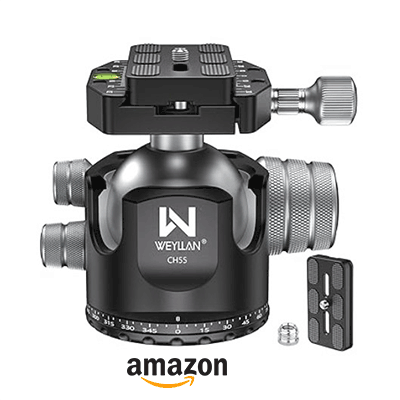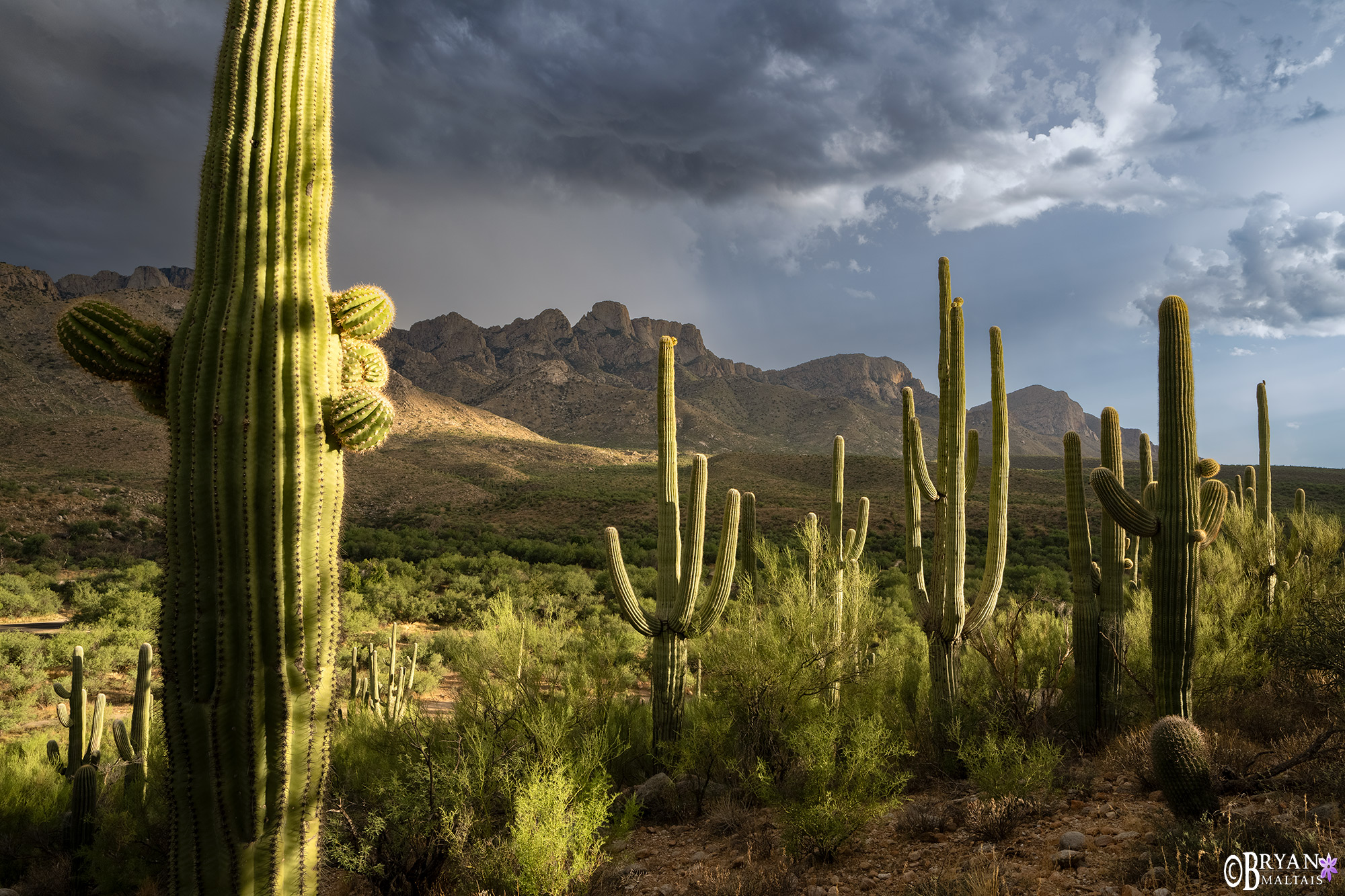
What are the most important Camera Specs for Landscape Photography?
Figuring out the best camera for landscape photography is one of the first steps to becoming a photographer, but analyzing the myriad of specs can seem overwhelming. I’ll help you identify the most important camera characteristics for your style of nature and landscape photography. Though I can’t distill it down to a specific model, I’ll bring you to a helpful starting point.
There are a few things to acknowledge first. Cameras don’t make photos look good…or bad. The photographer’s eye, editing style and lenses used have a far greater impact on the look of the final image. These days, you’re not going to end up with a bad camera or one that can only do a specific type of photography. Modern cameras are generalists that do most things very well and can even surpass the needs of many photographers. It’s also practical to decide if you need an ILC (interchangeable Lens Camera) at all, or whether your smart phone or a compact camera will get the job done. While ILC’s certainly open creative doors for landscape photography, they also come with big commitments.
So let’s get started with some simple, but crucial decisions to help narrow down what type of camera is best for you.
This blog contains Amazon affiliate links. Clicking on them and shopping on Amazon as you normally would supports this blog by generating small commissions.
1. Mirrorless vs DSLR
If you want to step into an ILC, the first decision is between to DSLR or Mirrorless. Mirrorless cameras are the modern standard while DSLR’s are older technology being phased out. Mirrorless cameras are smaller and mechanically simpler. They typically have faster operation (higher frame-rate, faster auto-focus etc…). Many also include powerful technologies that make it easier to capture crucial moments (bright image preview for night photography, pro-capture for wildlife photography, AI subject tracking etc…). Early on, poor battery life and limited lens selection hindered mirrorless, but those days are long passed.
To the novice camera shopper, DSLR’s may seem attractive because you can get a camera body and lens kit for extremely cheap. Going for this may cost you in the long run though if you end up replacing it with a mirrorless camera. DSLR’s are still perfectly good cameras that deliver the same image quality as mirrorless, just not quite as gracefully. There are still plenty around in the hands of great photographers capturing beautiful landscape photos. However, if you haven’t bought a camera yet, I wouldn’t start off with tech that’s on its way out.
2. Sensor Size/Format
Sensor format refers to the size of the camera’s sensor. It’s the most important spec; even more so than the camera brand or megapixel count. This decision will determine the cost and portability of your gear, resolution of your images (whether you can print your photos very large), and the lens/gear ecosystem that you’ll be marrying into. The formats worth discussing for landscape and nature photography are Micro Four Thirds, Bridge Cameras, APS-C, and Full-frame.
Bigger sensor formats offer the best low-light performance and highest image resolution. Compared to smaller formats, they’re also significantly more expensive, bigger and heavier.
The goal shouldn’t be to have the biggest sensor and highest resolution. It’s to end up with the right-sized format for your shooting style. For example, if you backpack or travel with a lot of lenses, you may benefit from a smaller format. If you regularly make very large prints, then you probably need a Full-frame camera. If you mostly shoot for fun and post online, a smaller format or even your camera phone may be sufficient. The bottom line is to avoid over-buying. If you leave your camera behind because it’s a pain to use then it doesn’t matter how many megapixels it has.
• Full Frame
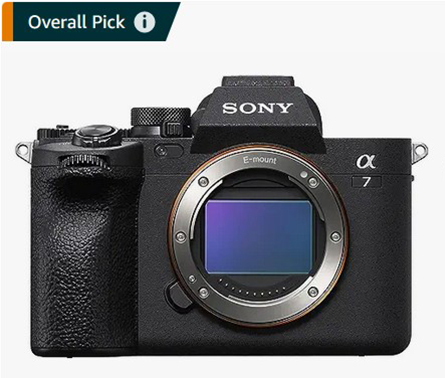 Full-frame (FF) cameras have the largest sensors in this lineup at 36x24mm, and the highest resolution. They’re the professionals’ choice. They typically have 42 to 60 megapixels with images between 7900 px to 9500 px images on the long end. This doesn’t produce obviously better looking photos than other formats, it produces bigger ones. FF is the best for routinely making very large prints.
Full-frame (FF) cameras have the largest sensors in this lineup at 36x24mm, and the highest resolution. They’re the professionals’ choice. They typically have 42 to 60 megapixels with images between 7900 px to 9500 px images on the long end. This doesn’t produce obviously better looking photos than other formats, it produces bigger ones. FF is the best for routinely making very large prints.
When used in dim conditions, their large sensors are the best at gathering light. This means you get lower noise and higher dynamic range in images, especially of the night sky. Dynamic range is the amount of detail the sensor captures in dark shadows that can be recovered in post processing. A FF camera used with a fast, high-end lens can also produce somewhat better bokeh. This is when the subject is sharp with a soft, dreamy background. This can be important for portrait and wildlife photography, but not so much for landscapes. Good bokeh can still be achieved with smaller formats in the hands of a skilled photographer.
All this magic literally comes with a hefty price tag. A FF camera and assortment of professional lenses will cost between $6,000 and $13,000. You need high-end lenses to match the resolution of a FF sensor, otherwise the money spent on the camera is wasted. FF cameras are also less portable than smaller formats at up to twice the size and weight. If you don’t routinely need all that resolution or make large prints, you may be unnecessarily hauling heavy gear and paying a premium for unused pixels. More detail about FF cameras here.
• APS-C
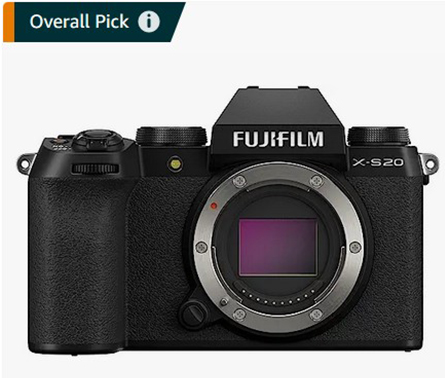 Though smaller than FF, APS-C cameras still have relatively large sensors that are 2/3 the size of FF. This fractional sacrifice in sensor size comes with a 50% price savings and 40% weight reduction. They typically have 24 to 32 megapixels that produce between 5500px to 7000px long images. These dimensions are sufficient for prints up to at least 20×30″. With their smaller sensor, there’s a slight decrease in dynamic range, noise and bokeh. The high performance and bang for the buck makes APS-C the highest-selling format, and practical for most photographers.
Though smaller than FF, APS-C cameras still have relatively large sensors that are 2/3 the size of FF. This fractional sacrifice in sensor size comes with a 50% price savings and 40% weight reduction. They typically have 24 to 32 megapixels that produce between 5500px to 7000px long images. These dimensions are sufficient for prints up to at least 20×30″. With their smaller sensor, there’s a slight decrease in dynamic range, noise and bokeh. The high performance and bang for the buck makes APS-C the highest-selling format, and practical for most photographers.
• Micro Four Thirds (MFT)
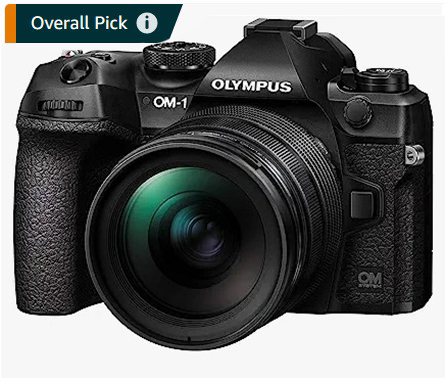 MFT are the smallest cameras in this lineup with sensors ½ the size of a FF. They typically have 20 megapixels that produce 5100px images. This is sufficient for prints up to at least 16×20″. This makes an MFT camera and lenses about half the size and weight of FF. The smaller sensor with less megapixels liberates processing power, which allows the inclusion of impressive technologies. MFT has market-leading image stabilization, which allows long, hand-held exposures in low light without a tripod. Certain models also have light compositing for making in-camera star trails, pro-capture for automatically capturing split-second action, and High-res mode for creating high-resolution, composited images as large as full-frame.
MFT are the smallest cameras in this lineup with sensors ½ the size of a FF. They typically have 20 megapixels that produce 5100px images. This is sufficient for prints up to at least 16×20″. This makes an MFT camera and lenses about half the size and weight of FF. The smaller sensor with less megapixels liberates processing power, which allows the inclusion of impressive technologies. MFT has market-leading image stabilization, which allows long, hand-held exposures in low light without a tripod. Certain models also have light compositing for making in-camera star trails, pro-capture for automatically capturing split-second action, and High-res mode for creating high-resolution, composited images as large as full-frame.
The small sensor has inherently poor light gathering ability, which causes low dynamic range and high noise levels in dark photos. This doesn’t affect image quality under well-lit conditions, but means MFT isn’t a good choice for night sky photography. MFT lenses are among the sharpest available, delivering excellent image quality. However, because the lens apertures are smaller than other formats, diffraction causes soft images when shooting at small f/stops. MFT costs about the same as APS-C and is mirrorless.
• Bridge Camera
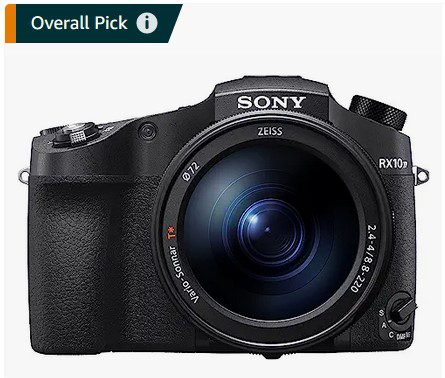 Bridge cameras are small and have a non-removable zoom lens like a point & shoot, but retain full-manual control over all of the settings like an ILC. This means you have direct control over all the settings to do “real” photography, with practically no gear to haul around. The bridge camera’s zoom lens typically covers an impressive gamut that’s good for most situations, but is limiting for specialized needs like ultra-wide and dedicated macro photography. They typically have a 1″ sensor, which keeps the camera small, but limits performance for night photography and making prints.
Bridge cameras are small and have a non-removable zoom lens like a point & shoot, but retain full-manual control over all of the settings like an ILC. This means you have direct control over all the settings to do “real” photography, with practically no gear to haul around. The bridge camera’s zoom lens typically covers an impressive gamut that’s good for most situations, but is limiting for specialized needs like ultra-wide and dedicated macro photography. They typically have a 1″ sensor, which keeps the camera small, but limits performance for night photography and making prints.
3. What are the other important Camera Specs?
Now that you’ve decided between mirrorless or DSLR, and which camera format suits you best, what are the other important camera specs? Though I could discuss every spec, the truth is that the tide of technology has risen all ships. Performance in some areas exceeds the needs of most photographer by such a margin that even if one camera outperforms another, it has no effect in real world shooting. I mean, do you care if one camera’s buffer fills up after 500 shots instead of 1000 when shooting continuous burst? I’ll concentrate on the important features that contribute to capturing high quality landscape photos in the field. The inclusion of these features can greatly affect price and differentiate between a mid-level or flagship camera, so it’s important to understand whether you really need them.
In-body Image Stabilization
With IBIS, the sensor moves to counteract vibrations. This allows getting sharp images while hand-holding the camera in low light without having to use a tripod. It’s possible to use extremely low shutter speeds when coupled with a compatible lens that also has Image Stabilization. IBIS isn’t a replacement for using a tripod, it’s a solution for when you can’t use one. This feature often distinguished entry-level from mid-level cameras.
Frame-rate
Frame-rate is how many pictures the camera can continuously shoot per second when you hold the button down. When shooting action, a high frame-rate makes it more likely to capture the definitive, split-second shot that you’re after. Any frame-rate above 7 fps is respectable, but the fastest cameras are capable of 60 fps! This is valuable for wildlife photography, but not very important if you shoot mostly landscape photography.
Eye-tracking Auto Focus
This feature locks focus on to the subject’s eyes and tracks them around the frame. It makes achieving sharp, accurate eye focus much easier. It’s becoming common on even most entry-level mirrorless cameras. Higher-end cameras have AI that can more accurately track the eyes based on what kind of animal it is, for example birds, mammals, humans, insects and even the headlights of locomotives. Eye-tracking is a game-changer for wildlife photography. It can make the difference between nailing the shot in one take or having to try repeatedly. If you shoot mostly landscapes, you don’t necessarily need the most versatile eye-detect auto focus.
Megapixel Count
Megapixels simply means photo resolution. The more megapixels, the larger you can print photos or the more you can crop them. For example, modern APS-C cameras vary between 24-32 mp. This produces images between 6000 x 4000 px and 6720 x 4480. Higher-end cameras typically have more megapixels, though sometimes less megapixels are used to liberate processing power to allow faster operations like a higher frame-rate. You shouldn’t choose a camera format simply because it has a large sensor with the most megapixels, as explained above. If you only post photos then you don’t need high megapixels. However, once you’ve settled on a particular format, you might as well go for maximum resolution if if there are no disadvantages to doing so.
3. Which Camera Brand is Best for Landscape Photography?
The best camera brand for landscape photography depends on the sensor format you’ve decided to go with, and your individual needs. Sometimes there’s no definite answer. In the Full-frame space Sony, Nikon and Canon are the players. They’re all so good that you can’t go wrong with any. I shoot with Sony because, to my perception, they seem to be first on the bleeding edge of advancements. However, each constantly leap-frogs the others, leaving one at the front depending on what day it is.
The situation is a little different in the APS-C space where there is a clear leader. The players are Fujifilm, Canon, Nikon and Sony. Fujifilm specializes in APS-C cameras and offers the best ecosystem of fast, professional lenses. The other brands concentrate on their FF lineup, with a distinct lack of fast zooms made with professional glass.
In Micro Four Thirds, the two options are OM Systems (formerly Olympus) and Panasonic Lumix. I shoot with both brands for different reasons and each is excellent. Panasonic is slightly more video-centric and OM System more photo-centric. A unique feature of MFT is that both brands share the same lens mount, meaning you can use one brand’s lenses with the other.
I hope this helps give you a starting point for choosing the bast camera. I’ve omitted a lot of technical granularity for the sake of keeping newcomers to photography out of the weeds. However, if there’s something you want to know more about, ask in the comments.
Do you really need a Camera, or is your Smart Phone good enough?
There’s a notion that camera phones pics have become just as good as images from cameras. Though you might not be able to see a big difference when viewed on social media, when viewed full size, phone pics fall apart. Camera phones have tiny 1/2″ image sensors that suffer from high noise and low resolution. As a marketing gimmick, some camera phones cram 50 megapixels onto the tiny sensor. This just worsens noise, then relies on AI to smooth it out. You also can’t really learn photography with a smart phone because you can’t control the settings manually.
While it may sound like I’m down on camera phones, I actually think they’re pretty amazing. The platitude that the best camera is the one you have with you is epitomized by our ever-present camera phones. Their image quality is exceptional for a device the size of a comb, making them perfect for just having fun and sharing pics online.
However, if you’ve decided that a camera phone won’t cut it for the level of photography you want to pursue, there are some commitments that come with an ILC. To use one to its full potential you’ll need to invest in lenses, a tripod, and miscellaneous gear. You’ll also need to learn manual settings. They’re what let you sculpt the look of the photo. Setting the camera to “Auto” defeats its purpose. Lastly, the large RAW files of an ILC are meant to be post-processed, which means you’ll have to learn photo editing software. That said, if you want to pursue photography as an art and make larger prints of your work, an ILC is what you need.
If you want something mightier than a camera phone without the baggage of an ILC, consider a bridge camera or point & shoot.


